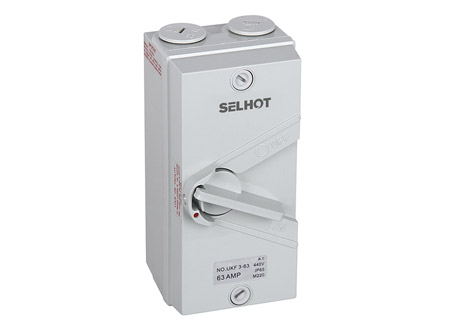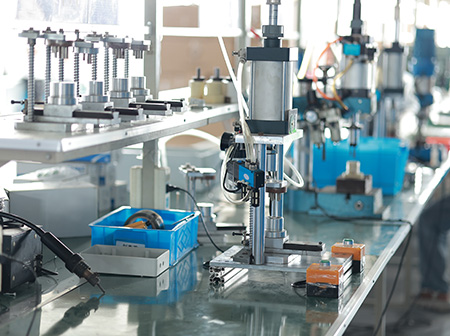If your Isolation Switch keeps tripping, poor quality might be your first guess. But more often than not, the issue comes down to choosing the wrong switch for your needs or using it incorrectly—problems that are easy to fix once you know what to look for. Below, we break down the top reasons for frequent tripping, with practical tips to help you get your electrical system running smoothly again.
Pinpointing these causes can save you from unnecessary replacements and keep your electrical system stable
Every electrical setup has specific current and voltage requirements, and an Isolation Switch needs to align with these numbers. For example, if you use a switch designed for 16A in a system that requires 32A, the switch will trip to protect the circuit from overheating or damage.
To avoid this, first check your system’s actual load—whether it’s a lower 16A for small setups or a higher 125A+ for heavy-duty use—and choose a switch that covers that range. Also, ensure it’s compatible with your voltage (such as 250V AC for outdoor setups). Matching these specs to your load stops overload-related tripping.

Dust, moisture, and humidity can all interfere with an Isolation Switch’s internal components. In damp areas (like outdoor electrical cabinets) or dusty factories, a switch without proper protection may short-circuit internally—leading to sudden tripping even when the load is correct.
Look for switches designed to resist dust and moisture. This simple feature safeguards internal parts from environmental damage, reducing unexpected trips in harsh conditions.
Accidental bumps or incorrect operation (like flipping the switch by mistake) can also cause tripping. Many Isolation Switches come with safety designs—such as multi-position locks or stable mechanical positioning—to prevent this, but these features are often overlooked.
Switches with multi-position locks stop accidental triggering, while strong mechanical positioning keeps the switch from bouncing back into the wrong position (a common hidden cause of tripping). Using these features as intended cuts down on unnecessary trips.
Frequent Isolation Switch tripping rarely relates to poor quality. Instead, it’s usually about picking a switch that doesn’t fit your load, ignoring environmental needs, or not using built-in safety features. By addressing these three points, you can resolve most tripping issues quickly.
If you’re ready to find a switch that matches your load, stands up to your environment, and includes reliable safety features, our product page can help you compare options tailored to different setups. You can explore more details here: Isolation Switch product page.

